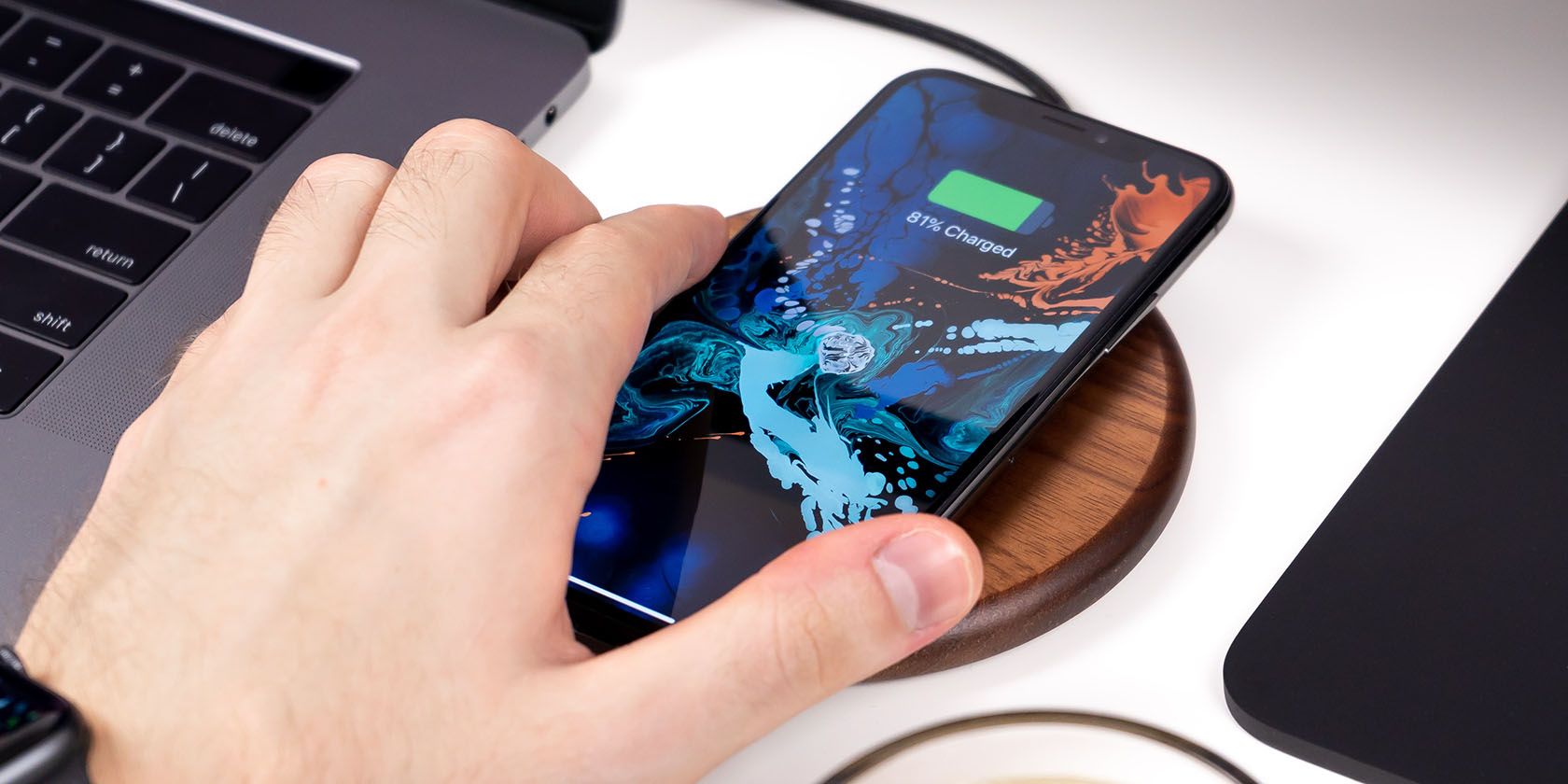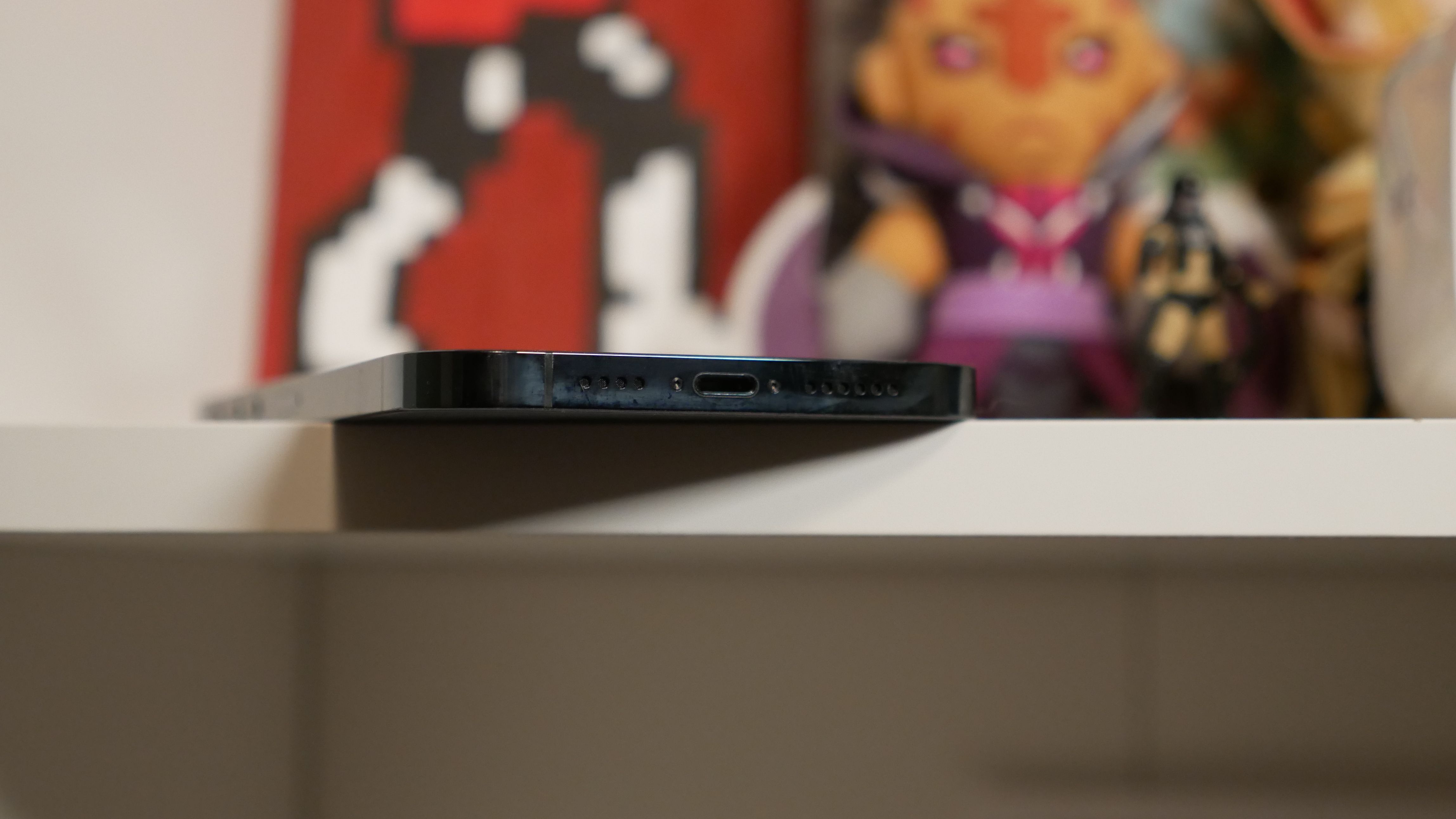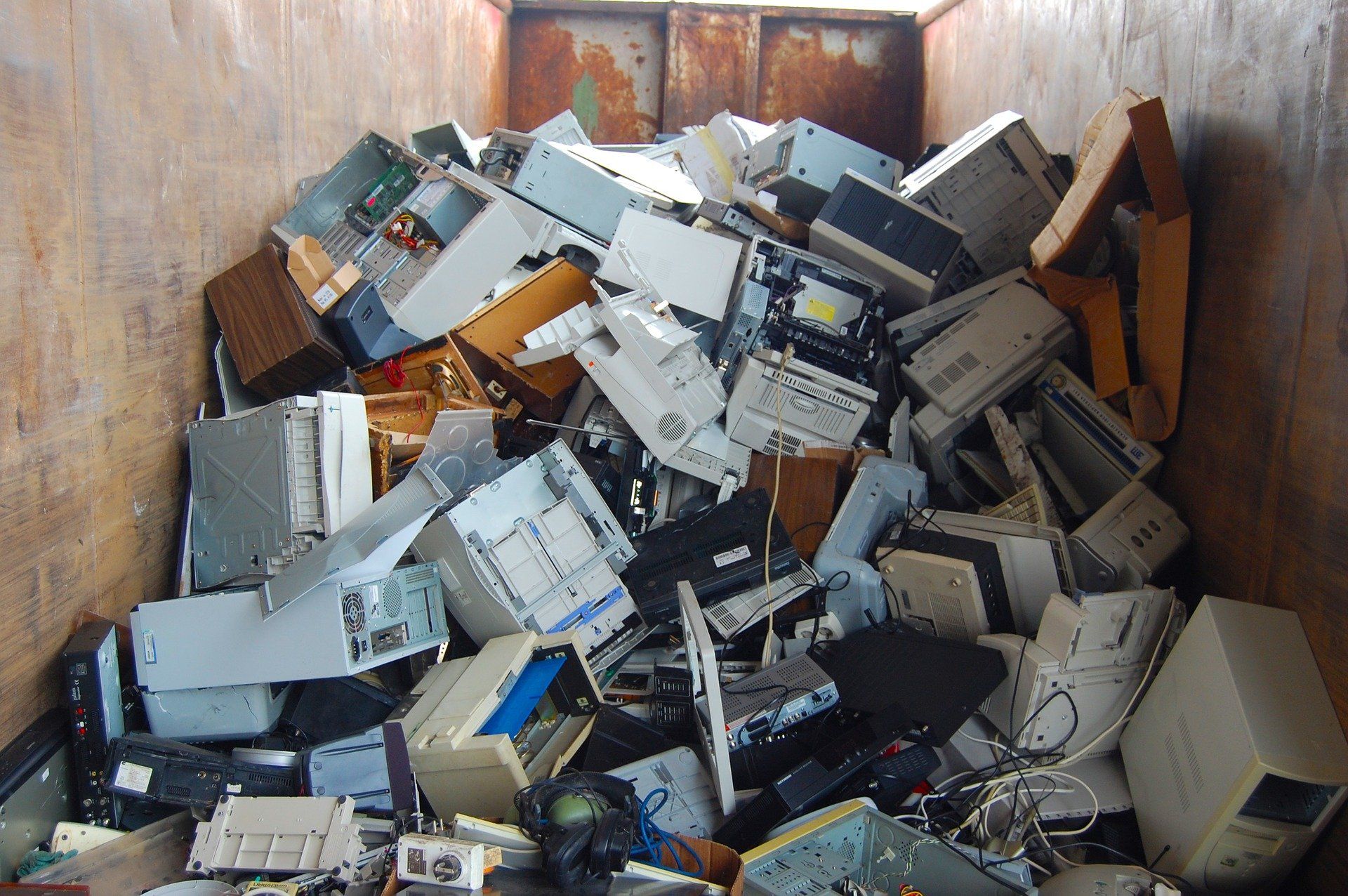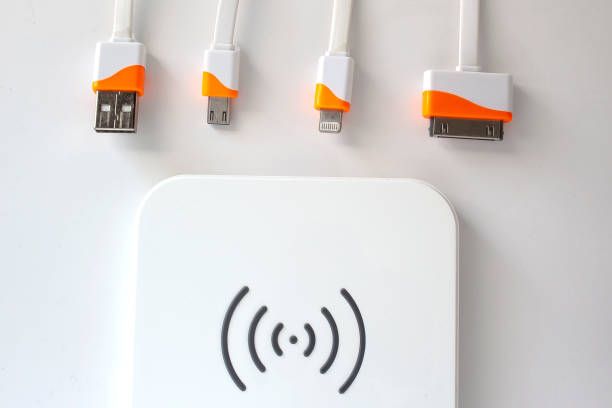While nothing has been confirmed yet, it looks like Apple is planning to eliminate the Lightning port. Reputable sources are speculating that the tech giant will release a portless iPhone next. Without a doubt, it’s an intriguing prospect; one that may even have advantages. But on closer examination, I think it would be a disastrous move.
Let’s take a look at why that is.
The Cons of a Portless iPhone
In many ways, the cons of having a portless iPhone outweighs the pros, which we’ll talk about those soon. Let’s start with the cost.
The Cost of Losing the Lightning Port
Despite EU pressure to switch to USB-C, Apple has been adamant about keeping the Lightning port. Apple makes a lot of money from the sales of its proprietary Lightning cable. It is also unique among phone manufacturers in that the iPhone is the only one with a Lightning port. So, how does Apple get the EU off its back, make a lot of money, and remain distinct at the same time?
It’d only make sense if the portless iPhones were sold for a considerably higher price. And we’re talking about Apple here, folks, so that’s really saying something. Portless iPhones would cost more to make because Apple will (probably) put a MagSafe charger in the box. Or not, seeing as it already set a precedent by removing charger bricks from the box when it shipped the iPhone 12 series.
Electronic Waste From a Portless iPhone
Another reason a portless iPhone would be a bad idea is the massive amount of electronic waste that would be generated. Apple has given several excuses not to adopt the USB-C port on iPhones in 2020, following increased pressure from the EU to do so. Some of these justifications are now proving to be self-contradictory.
The removal of the iPhone’s Lightning port, according to Apple, would result in unprecedented levels of electronic waste. But, because all iPhones currently in circulation use Lightning cables, Apple’s decision to remove the Lightning port would still result in tons of electronic waste as people ditch their outdated cables. Plus, many wireless charging solutions, including Apple’s MagSafe, continue to rely on old cables to power the wireless chargers themselves.
This would add to the estimated 57.4 million tonnes of e-waste generated by tech consumers this year, which isn’t good news for the environment.
Extra Energy Usage of a Portless iPhone
Another disadvantage of a portless iPhone would be energy drain, unless manufacturers come up with new ways to compensate for it. Because wireless charging is still in its infancy, it is nowhere near as efficient as charging with a cord.
Troubleshooting a Portless iPhone
Lastly, but just as important, what happens to the cable-aided processes users make use of on their iPhones? For example, there’s iPhone recovery. If your iPhone or iPad has a serious problem, you can use recovery mode by connecting it to a Mac or PC.
Admittedly, this is only needed on rare occasions when operating system updates go horribly wrong, but it’d be impossible without a Lightning port. Sending the iPhone to Apple or an authorized repair technician would be the only option. A minor annoyance becomes a major one all of a sudden.
If the rest of the industry follows Apple’s lead with portless devices, as they have with other Apple "innovations" in the past, we will have even more problems.
The Pros of a Portless iPhone
Of course, a portless iPhone isn’t entirely doom and gloom. A world free of the burden of managing tangly charger cable does sound pretty darn enticing.
Also, a wireless charging solution may be more durable than what’s currently available. Over time, removing and plugging in your device to charge causes wear and tear on the Lightning port. No more having to repair your iPhone’s charging port on a regular basis, which already shortens its lifespan.
Plus, going portless would make iPhones even more water resistant. Although the charging port on the iPhone is now waterproof, most people are unaware that they must dry it out if water enters it. Otherwise, the contacts may get screwed up.
Apart from charging, it would be nice to have wireless alternatives for almost everything the Lightning port is used for.
We’ve Been Here Before
Although reports about having a portless iPhone might appear to be mere speculations, we think they’re worthy of being taken seriously. Especially when the information is from sources who have solid track records of divulging in-depth Apple info, such as Bloomberg’s Mark Gurman.
In a recent post about Touch ID, Gurman wrote that "Apple has also discussed removing the charging port for some iPhone models in favor of wireless charging." With an AppleTrack source accuracy ranking like Gurman’s, this move from being speculative to highly probable.
Plus, this trajectory of events isn’t exactly new. The headphone jack saga is well-known to everyone. As word spread that Apple would be dropping the audio port, a slew of opinion pieces appeared, debating the decision. And then the iPhone 7 was released with no headphone jack.
This is a weird déjà vu experience for many Apple users, and it further solidifies the notion of a soon-to-come portless iPhone. But there’s more cause for suspicion: MagSafe. On the surface, Apple’s MagSafe charger for the iPhone 12 appears to be an innovative upgrade for wired charging, but it could actually be a trial run for MagSafe as a wireless charging solution.
Could This Be a Bad Apple?
Thankfully, Gurman’s inside source claims that Apple is only considering the possibility. That should be the end of it. Apple’s products are rarely disappointing, but this could be an exception. While this may be Apple’s best strategy for outwitting the EU, it has no right to make our lives more difficult in the process.




